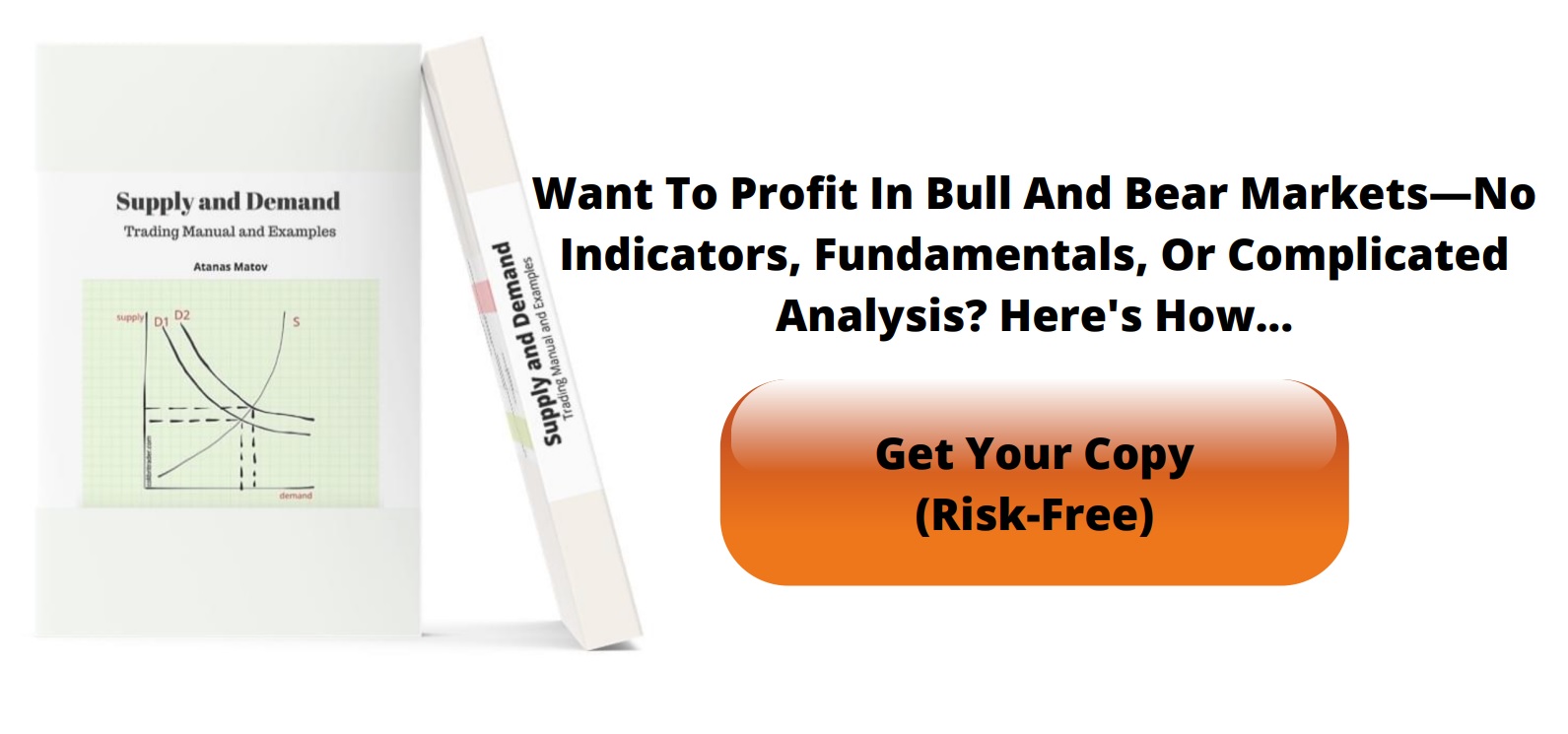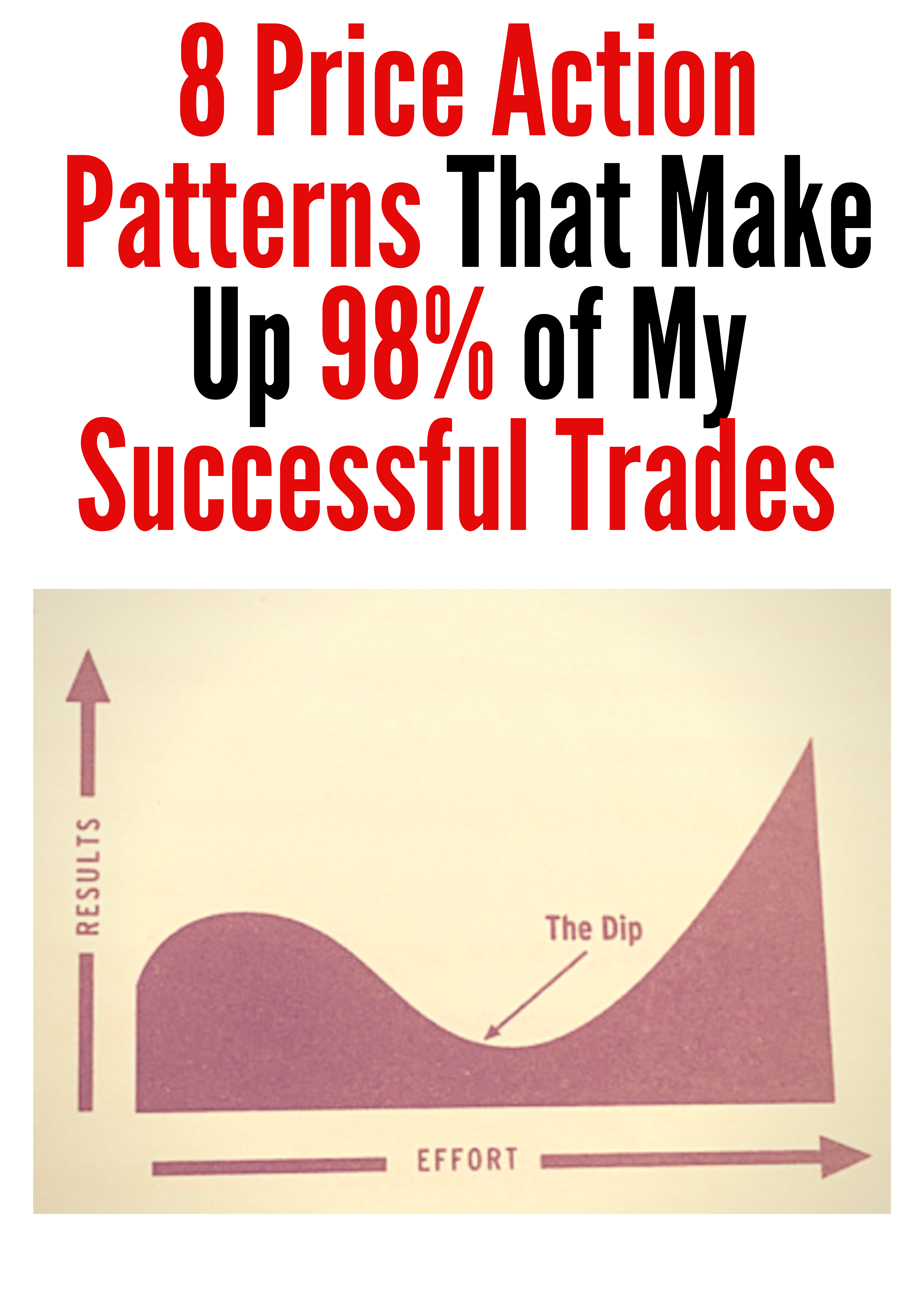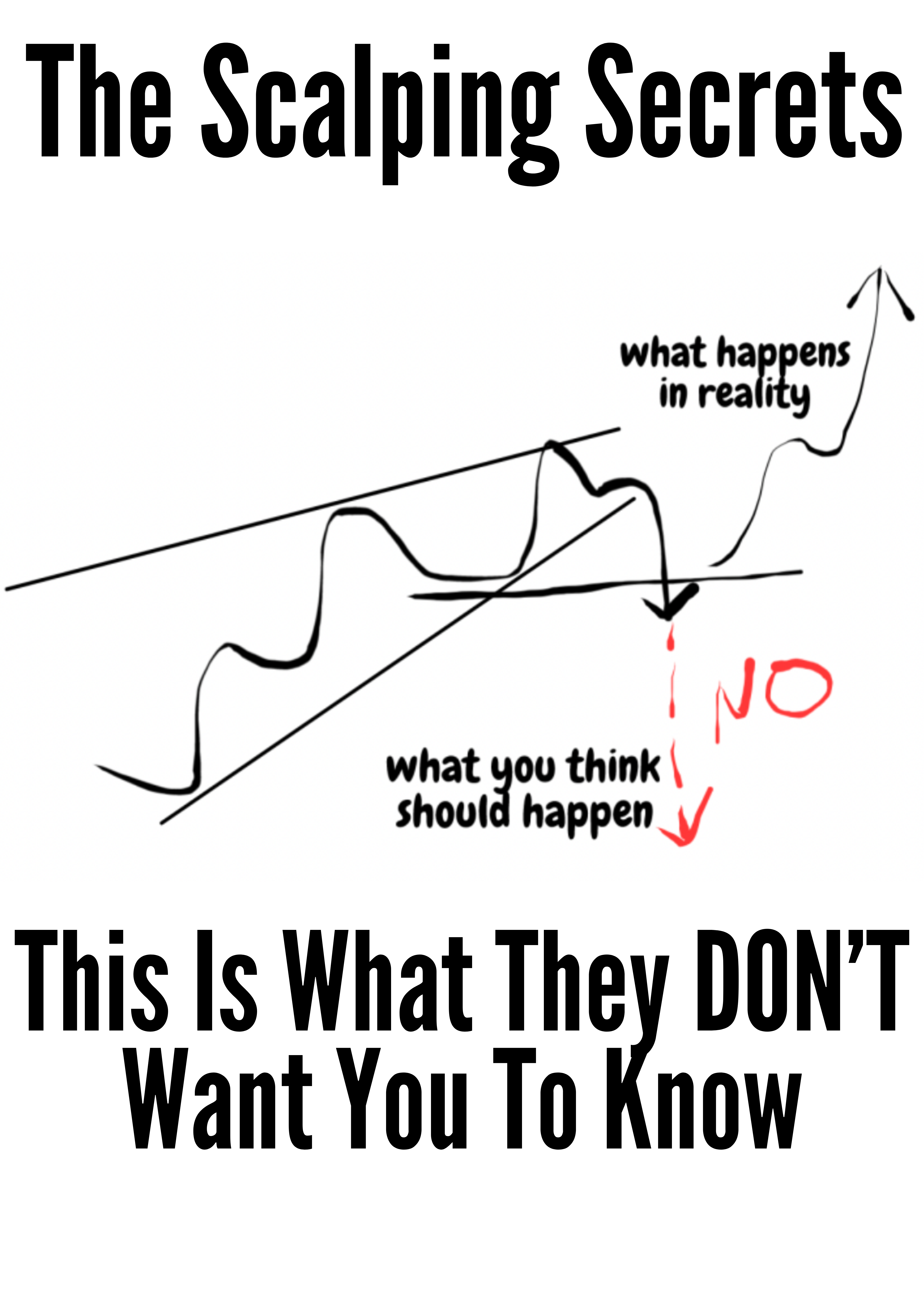What Is Market Timing? A Complete Guide to Strategies & Risks
At its core, what is market timing is the art of trying to predict where the market is headed next. It's an active strategy where investors try to sell their assets right before prices dip and buy them back just before they start to climb again.
The whole point is to beat the overall market. Think of it like trying to surf a massive wave—timing it perfectly gets you an exhilarating ride, but mistiming it can get you crushed. Appealing in theory, but incredibly difficult in practice.
Understanding the Market Timing Mindset
Market timing is all about being proactive and predictive. Instead of the classic "buy and hold" approach for the long haul, a market timer believes they can pinpoint the perfect moments to jump in and out of the market. This strategy is completely dependent on correctly forecasting short-term price swings.
The appeal is obvious. Who wouldn't want to sell at the absolute peak and buy back at the absolute bottom, neatly sidestepping every downturn? This desire often pushes investors to make quick decisions based on the latest news, a hot economic forecast, or just a gut feeling. It’s all built on the assumption that you can consistently know what millions of other traders are going to do next—a feat that has humbled even the most seasoned pros.
The Three Pillars of Prediction
Market timers don’t just guess wildly; they typically base their decisions on a combination of signals. These usually fall into three main categories.
As the diagram shows, these pillars—economic data, technical chart patterns, and collective investor emotion—form the bedrock of most timing strategies. The real challenge is interpreting these signals, which often contradict each other, and then acting fast enough before the rest of the market catches on.
This constant analysis and action is what really separates market timing from its more passive, and frankly more popular, cousin: "time in the market."
To really see the difference, it helps to put these two philosophies side-by-side.
Market Timing vs. Time in the Market At a Glance
Here’s a quick look at how these two fundamental investment approaches stack up against each other.
| Aspect | Market Timing | Time in the Market |
|---|---|---|
| Primary Goal | Maximize short-term gains by correctly predicting market moves. | Build long-term wealth through compounding and market growth. |
| Core Activity | Actively buying and selling based on forecasts and signals. | Buying and holding a diversified portfolio through all market cycles. |
| Required Skill | Accurate short-term prediction of market peaks and troughs. | Patience, discipline, and emotional control during volatility. |
| Typical Outcome | Often leads to underperformance due to missed gains and transaction costs. | Historically a reliable path to wealth accumulation for most investors. |
Ultimately, choosing between these strategies boils down to a single, fundamental belief. Do you believe you can consistently outsmart the collective wisdom of millions of market participants? Or is it more prudent to simply participate in the market's proven long-term growth?
The High Stakes of Guessing Market Moves
The dream of market timing is a powerful one. It’s the idea that you can perfectly capture huge rallies while sidestepping every gut-wrenching drop. This fantasy taps directly into the two emotions that rule our financial lives: greed and fear.
When markets are rocketing up, the fear of missing out (FOMO) is a force of nature. Watching everyone else get rich creates a powerful urge to dive in, often right as the party is ending. On the flip side, when the market tumbles, raw panic sets in. The fear of losing it all pushes investors to sell everything, usually locking in their losses at the absolute worst moment.
These emotional swings are what turn "strategy" into chaos. Instead of a calculated plan, you end up in a destructive cycle of buying high on euphoria and selling low on terror.
The Real Cost of Being on the Sidelines
This isn’t just some abstract concept; it has a very real, very painful impact on your wealth. The market's biggest gains are often packed into just a handful of explosive, unpredictable days. If you’re sitting on the sidelines when they happen, the damage is severe.
The big challenge with market timing is you have to be right twice: once when you sell, and again when you buy back in. Get just one of those calls wrong, and the whole strategy falls apart.
And we're not talking about a small hiccup. The cost of missing these key moments is staggering. Take a look at a $10,000 investment in the U.S. stock market between 1994 and 2023. If you missed just the ten best trading days in that entire span, your return would have been 54% lower than if you had simply stayed put.
What makes this even worse is that many of the market's best days happen right after its worst days, punishing the very people who just panic-sold.
The Psychology Behind the Gamble
So, if the evidence is so stacked against it, why do so many people still try to time the market? It all boils down to human psychology and a few cognitive biases that convince us we're smarter than the market itself.
- Overconfidence Bias: This is the little voice that tells us we have some special insight or skill for predicting where things are headed, even when we have no real edge.
- Hindsight Bias: After a market crash, it always looks so obvious in the rearview mirror. This makes us feel like we "saw it coming" and can therefore predict the next big move.
- Confirmation Bias: We naturally hunt for information that supports what we already believe. If you think a recession is around the corner, you'll find a thousand headlines to back you up, while completely ignoring the data that says otherwise.
These mental traps make it almost impossible to stay objective. To really get a handle on the emotional currents pulling investors in different directions, it helps to understand the influence of market psychology. Learning to spot these patterns in yourself is the first step to avoiding the costly mistakes they lead to, reminding us that patience usually pays far more than prediction.
Exploring Common Market Timing Strategies
Investors trying to time the market aren't just taking wild guesses; they’re using specific tools and methods to try and get an edge. These strategies generally fall into two broad camps: technical analysis, which is all about chart patterns and market data, and fundamental analysis, which digs into economic health and a company's real value. The shared goal is to spot signals that point to an imminent move up or down.
These approaches offer a framework for making educated bets on where the market is headed next. The catch, of course, is that each one relies on interpreting complex, and often conflicting, information to make the right call at the right time.
Technical Analysis: The Trader's Toolkit
Think of technical analysis as being a market detective. You're looking for clues in price charts and trading volumes, not in company reports. The core belief here is that all the important information is already baked into an asset's price, so studying its past movements is the key to figuring out its future.
Several popular tools are used in this approach:
- Moving Averages: This is one of the most common indicators you'll see. A trader might track a short-term moving average (like 50 days) and a long-term one (like 200 days). When the shorter average crosses above the longer one (a "golden cross"), it's often read as a buy signal. The opposite, a "death cross," signals it might be time to sell.
- Support and Resistance Levels: Traders identify price levels where an asset has historically had trouble falling below (support) or breaking above (resistance). The strategy is simple: buy near support and sell near resistance, betting that these old barriers will hold up again.
The big idea behind technical analysis is that history tends to repeat itself. By spotting patterns that led to certain outcomes in the past, traders hope to get a jump on the market's next move.
This data-first approach often involves some pretty sophisticated charting software and can get incredibly complex. If you're curious how technology plays into this, learning about what is algorithmic trading can give you a deeper look into how these technical signals can be spotted and acted on automatically.
Fundamental Analysis: The Economist's Approach
While the technical folks are glued to their charts, fundamental analysts are more like economic investigators. They operate on the belief that an asset's price will eventually catch up to its true, underlying value. Their mission is to figure out if the market is currently overvalued (a sign to sell) or undervalued (a sign to buy).
This means looking at the bigger economic picture:
- Economic Indicators: Market timers keep a close eye on data like interest rates, inflation reports, and unemployment numbers. For example, a widespread belief that the central bank is about to raise rates could be a signal to sell stocks, since higher borrowing costs can put the brakes on the economy.
- Market Valuation Metrics: Ratios like Price-to-Earnings (P/E) are used to take the market's overall "temperature." When the market's P/E ratio is way higher than its historical average, some timers see it as a bubble in the making—and a clear signal to get out.
At the end of the day, both technical and fundamental strategies demand active management and constant vigilance. For anyone diving into active trading, getting the practical side down is crucial. This includes knowing the ins and outs of improving your tax position as a share trading business.
While the methods differ, they both face the same monumental challenge: being right not just once, but consistently over the long haul.
Why Professionals Struggle to Beat the Market
If the average person finds market timing almost impossible, surely the experts with their powerful algorithms and massive research budgets can pull it off, right? It's a common and surprisingly stubborn myth. The hard truth is that even for the most seasoned professionals, consistently predicting the market's next move is a monumental challenge.
The evidence is overwhelming. Study after study shows the same thing: the vast majority of professional, actively managed funds fail to outperform their simple, passive benchmark indexes over the long haul. Chasing the market's peaks and valleys often just leads to more trading, and more trading usually means worse results, not better ones.
The Data Tells a Sobering Story
The numbers don’t lie. Research from S&P Dow Jones Indices consistently finds that most active fund managers can't beat their benchmarks over extended periods. This isn't a fluke; it's the statistical norm. It just goes to show that having more resources doesn't automatically grant you a crystal ball.
And it’s not just the fund managers. Investor behavior studies paint an even clearer picture. One major analysis looked at the trading records of over 66,000 U.S. households and found that the most active traders fell far behind broad market indexes like the S&P 500. You can dig into the original research to see just how deep the rabbit hole goes.
The core problem is the same for amateurs and professionals alike: you have to be right twice. You have to know exactly when to sell and exactly when to buy back in. Get just one of those calls wrong, and any potential gains can vanish in an instant.
Human Judgment and Hidden Costs
Even the pros aren't immune to the psychological traps that ensnare individual investors. The same emotional triggers—the fear of missing out (FOMO) on a rally or panic-selling during a downturn—can cloud the judgment of the most experienced traders. Understanding why human judgment in trading is flawed is crucial to grasping why this strategy fails so often.
Beyond the mental game, two other factors are constantly working against market timers, including the professionals:
- Transaction Costs: Every single trade has a price tag. Whether it's commissions, bid-ask spreads, or other fees, these costs add up fast. Frequent trading creates a significant drag on performance that a buy-and-hold investor simply doesn't have to worry about.
- Taxes: For anyone with a taxable investment account, selling a winning position triggers capital gains tax. That tax bill eats directly into your returns, creating another performance hurdle that market timers have to clear just to break even with the market.
At the end of the day, the evidence puts the challenge in perspective. If the people who dedicate their entire careers to analyzing the markets can't consistently come out ahead, it teaches a powerful lesson. The quest for perfect timing is often a fool's errand, draining resources and returns along the way.
The Power of Time in the Market
So, after seeing just how tricky—and often counterproductive—trying to perfectly time the market can be, let's look at the powerful, battle-tested alternative. The philosophy is refreshingly simple: "time in the market" is far more important than "timing the market."
This is a strategy that’s all about staying invested through the market's inevitable peaks and valleys. It’s about putting your trust in long-term growth instead of trying to nail short-term predictions. Forget chasing quick wins; this is about letting the incredible force of compounding do the heavy lifting for you.
The Magic of Compounding
Think of it like planting a small seed. For a while, it feels like nothing is happening. But with time and patience, it sprouts into a sapling, then grows into a tree that eventually drops its own seeds. Compounding is the financial version of that natural, multiplying growth. Your initial investment earns returns, and then those returns start earning returns of their own.
Over just a few years, the effect is pretty cool. Over decades, it's absolutely monumental.
This exponential growth is the real engine behind long-term wealth creation, but it demands one crucial ingredient that market timing steals from you: uninterrupted time. Every time you pull your money out of the market, you hit the reset button on this incredibly powerful process.
History overwhelmingly backs this patient approach. While past performance is never a guarantee of future results, the stock market has shown a consistent upward trend over long periods, rewarding those who held on through the turbulence.
Evidence Favors Staying Invested
It's tempting to think that if you could just sidestep the bad days, you’d come out way ahead. But the research consistently shows the opposite is true. More often than not, the best strategy is also the simplest one: get invested and stay invested.
Research from Charles Schwab analyzed 80 different 20-year periods in the U.S. stock market and found a crystal-clear pattern. While perfect timing (which is impossible) came out on top, simply investing your money right away was consistently one of the best-performing strategies. It far outpaced waiting for the "right" moment to jump in. This held true over 30, 40, and 50-year horizons, reinforcing that time in the market is the winning move. You can learn more about the market timing study on their site.
The data makes a critical point: the cost of sitting on the sidelines hoping for that perfect entry point is often much, much greater than the risk of riding out a market downturn.
Putting Time in the Market into Practice
So, how do you actually apply this philosophy? It really boils down to building disciplined, consistent habits that take emotion out of the driver's seat. One of the most effective strategies for this is dollar-cost averaging.
- What it is: Instead of trying to invest a big lump sum all at once, you invest a fixed amount of money at regular intervals—say, $200 every single month.
- How it helps: This system naturally forces you to buy more shares when prices are low and fewer shares when prices are high.
- The benefit: It smooths out your average purchase price over the long haul, dramatically reducing the risk of dumping all your cash into the market right before a dip.
This disciplined approach offers a much less stressful path to building wealth. It lets you tune out the market's daily noise and keep your eyes on your long-term goals.
Building a Resilient Long-Term Investment Mindset
The dream of perfectly timing the market is a powerful one, but as history has shown time and time again, it’s a strategy loaded with risk. The real path to building lasting wealth isn’t about making flawless predictions; it's about developing a resilient, long-term perspective and focusing on the few things you can actually control.
Instead of trying to guess the market's next move, it's far more productive to shift your energy toward what truly matters: your savings rate, proper diversification, and emotional discipline. These are the real pillars of a successful investment journey.
By consistently putting money to work and giving your assets room to grow, you put the incredible power of compounding returns on your side. This patient approach not only gives you a much higher probability of success but also dramatically cuts down on the stress and anxiety that comes with trying to time unpredictable market swings.
A steady, disciplined mindset is your single greatest asset in investing. Understanding the massive role emotions play is the critical first step, and exploring the wider field of the psychology of trading can give you invaluable insights into managing your own reactions to market chaos.
The core takeaway is simple: your financial future is built on consistency and patience, not on frantic activity. Focus on a disciplined process, and you’ll be better positioned to achieve your goals, regardless of the market’s daily noise.
Ultimately, a successful investor acts more like a farmer than a hunter—they plant seeds, nurture them consistently, and trust in the process of growth over time.
A Few Common Questions About Market Timing
Let's tackle a few of the most common questions that come up when traders first start digging into market timing.
Can Market Timing Actually Work?
Look, it's not impossible to nail a market call every now and then. We've all seen it happen. But doing it consistently over and over again? That's exceptionally rare.
The real danger is the massive risk you take on. Being wrong and sitting on the sidelines during the market's best days can be devastating to your portfolio, often wiping out any potential gains you were hoping for. For the vast majority of people, playing the long game is a much more reliable path to building wealth.
Isn't This Just Asset Allocation?
Not at all. Think of it this way: market timing is an active, short-term strategy. It’s all about jumping in and out of the market based on what you think is going to happen next.
Asset allocation, on the other hand, is a long-term discipline. You decide on a target mix of different assets—like stocks and bonds—and then you rebalance periodically to stick to that plan. Rebalancing is a strategic move based on pre-set rules, not a knee-jerk reaction to a scary headline.
Should I Cash Out if I Think a Crash Is Coming?
Selling everything out of fear is one of the biggest mistakes a market timer can make. It’s a classic trap. The problem is you have to be right twice.
First, you have to correctly predict the crash. Then, you have to perfectly time your re-entry to catch the recovery. The thing is, many of the market's biggest comeback days happen suddenly and when everyone least expects it.
A much better approach is to make sure your portfolio is properly diversified and matches your long-term goals and how much risk you're comfortable with. This gives you protection without forcing you to make impossible predictions about the future.
Ready to stop guessing and start trading with a proven strategy? At Colibri Trader, we teach a straightforward, price-action based approach to help you profit in any market. Discover your trading potential with our free quiz today!









